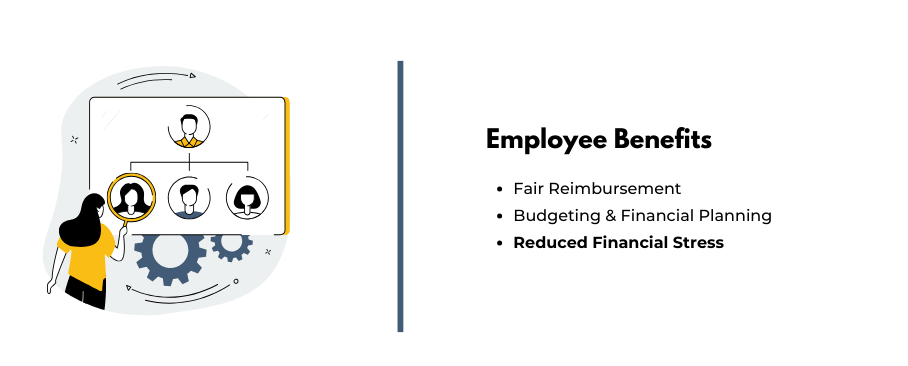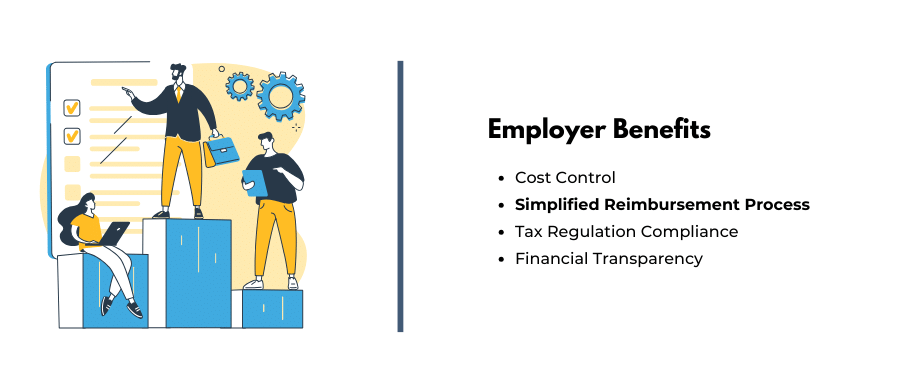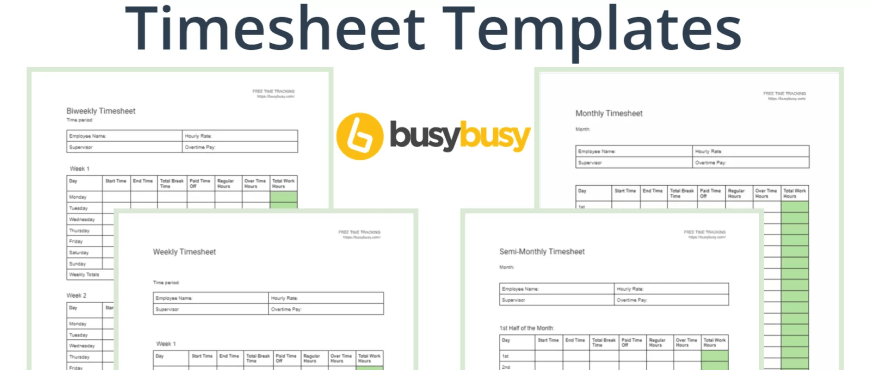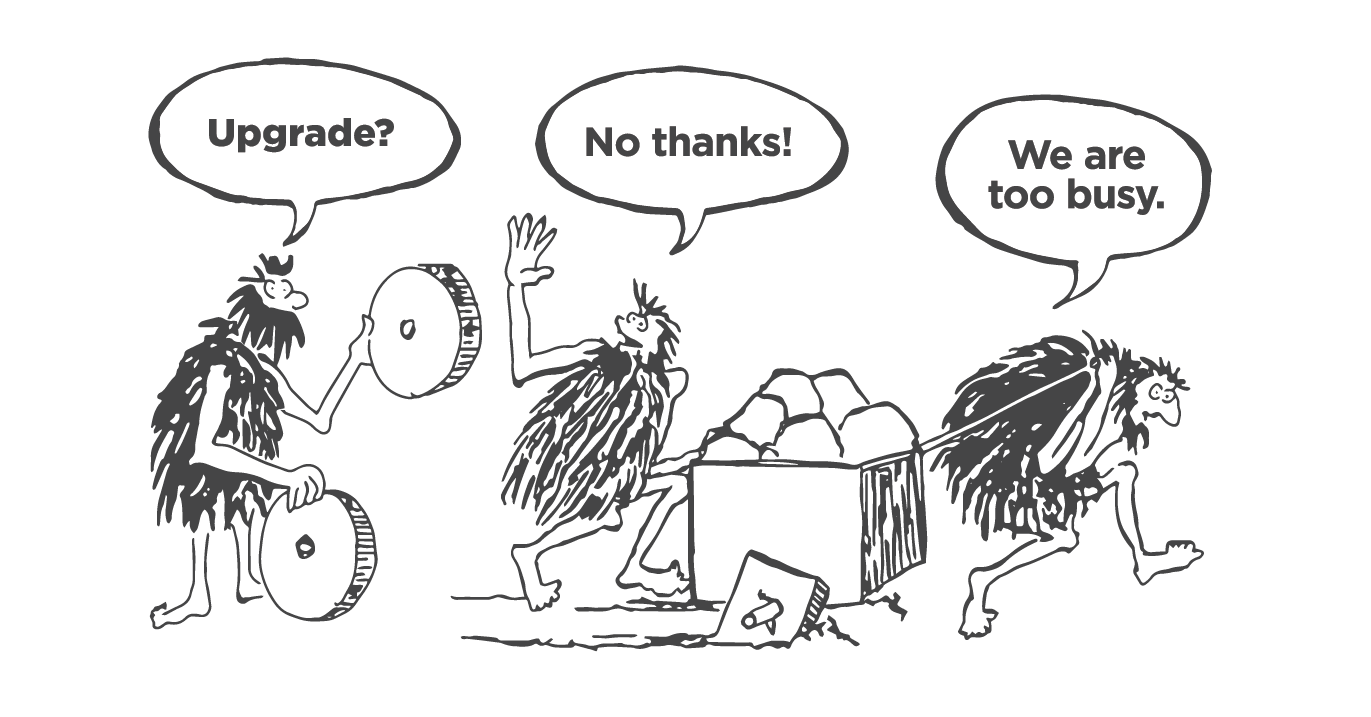
Managing expenses effectively is crucial for employees and employers in the dynamic business operations landscape. One aspect of expense management that requires careful attention is per diem tracking. Understanding and efficiently tracking per diem can streamline processes, ensure compliance with tax laws, and ultimately save time and money for all parties involved.
Table Of Contents
Understanding the Basics: What is Per Diem?
Per diem, derived from the Latin meaning “per day,” refers to a daily allowance provided to employees to cover expenses incurred while traveling for business purposes or during temporary work assignments away from their regular place of work. This allowance typically covers expenses such as meals, lodging, transportation, and incidental costs.
Per diem rates are determined based on various factors, including the assignment’s location, the trip’s duration, and the specific industry standards. These rates are set by the government or organizations and are designed to provide a fair and reasonable allowance for employees to cover their daily expenses.
It is important to note that per diem is separate from wages or salary and is specifically allocated to reimburse expenses. The purpose of per diem is to simplify the reimbursement process by providing a fixed daily allowance rather than requiring employees to submit individual receipts for each expense.
Overall, per diem serves as a mechanism to ensure that employees are adequately compensated for their expenses while on business travel while also providing employers with a standardized and efficient method for expense reimbursement.
Why is Per Diem Tracking Necessary?
Per diem tracking is necessary for both employees and employers to ensure accurate and efficient expense management. By implementing a robust per diem tracking system, organizations can benefit in several ways, including cost control, compliance with tax regulations, and improved financial transparency. Let’s explore the reasons why per diem tracking is essential:
Benefits for Employees

- Fair reimbursement: Per diem tracking ensures that employees are fairly compensated for their daily expenses while on business trips. It eliminates the need for employees to submit individual receipts and simplifies the reimbursement process.
- Budgeting and financial planning: Tracking per diem allows employees to plan their expenses more effectively, as they know the daily allowance they will receive. This helps them create a realistic budget and manage their finances accordingly.
- Reduced financial stress: With per diem tracking, employees no longer need to worry about how much they can spend on meals, lodging, or incidental costs. They can focus on their work responsibilities without the added stress of managing expenses.
Benefits for Employers

- Cost control: Per diem tracking enables employers to have better control over their expenses. By setting per diem rates based on industry standards, employers can ensure that their employees are reimbursed within reasonable limits, preventing excessive spending.
- Simplified reimbursement process: Tracking per diem simplifies the reimbursement process for employers. Instead of processing numerous individual expense receipts, employers can calculate and reimburse per diem allowances based on the employee’s travel duration and destination.
- Compliance with tax regulations: Per diem tracking is crucial for employers to comply with tax regulations. By accurately tracking and documenting per diem expenses, employers can provide necessary records during tax audits and demonstrate that per diem payments are in compliance with tax laws.
- Financial transparency: A robust per diem tracking system promotes financial transparency within organizations. It allows employers to monitor and analyze travel-related expenses, identify patterns, and make informed decisions regarding travel budgets and cost-saving measures.
Overall, per diem tracking is necessary to ensure fair reimbursement for employees, control costs for employers, comply with tax regulations, and maintain financial transparency within organizations. Implementing an effective per diem tracking system benefits both employees and employers in managing business travel expenses efficiently.
How to Effectively Track Per Diem
Tracking per diem effectively requires careful consideration of the available methods and choosing the one that aligns with your organization’s needs and resources. Let’s explore three common approaches to per diem tracking:
Manual Tracking
- Record-keeping: Employees can manually record their daily expenses, including meals, lodging, and incidental costs, in a designated log or expense report. This approach requires employees to collect and retain receipts as supporting documentation.
- Per diem calculator: Organizations can provide employees with a per diem calculator tool that allows them to calculate their daily allowance based on the location, duration of the trip, and applicable per diem rates. This method simplifies the calculation process but still requires employees to maintain accurate records.
- Expense reimbursement form: Employees can submit an expense reimbursement form detailing their daily expenses for approval and reimbursement. This method requires employees to provide receipts as evidence of their expenditures.
Automated Tracking Systems
- Expense management software: Utilizing expense management software allows employees to digitally track their per diem expenses. These systems often integrate with corporate credit cards or mobile applications, enabling employees to capture receipts, categorize expenses, and generate comprehensive reports for reimbursement.
- Integrated travel management platforms: Some organizations use travel management platforms that include per diem tracking as part of their features. These platforms provide a centralized system for booking travel, tracking expenses, and managing per diem allocations.
Choosing the Right Method for Your Business
When selecting a per diem tracking method, consider factors such as the size of your organization, the frequency of business travel, and your budget for expense management solutions. It is essential to prioritize accuracy, efficiency, and compliance with tax regulations.
Evaluate the available options and consider the benefits and drawbacks of each method. Additionally, seek feedback from employees who will be using the tracking system to ensure their needs and preferences are taken into account.
Remember, the goal is to implement a per diem tracking method that is user-friendly, promotes compliance, and streamlines the reimbursement process. By choosing the right method for your business, you can effectively track per diem and enhance the overall expense management process.
Common Mistakes in Per Diem Tracking and How to Avoid Them
While per diem tracking is essential for accurate expense management, there are common mistakes that organizations and employees can make. By being aware of these pitfalls and taking proactive measures to avoid them, you can ensure a smooth and compliant per diem tracking process. Let’s explore some common mistakes and how to avoid them:
Inconsistent Tracking
- Failure to track all expenses: One common mistake is not tracking all eligible expenses within the per diem allowance. It is crucial to ensure that employees accurately record and include all applicable expenses, such as meals, lodging, transportation, and incidental costs.
- Inconsistent documentation: Inconsistent or incomplete documentation can lead to discrepancies and challenges during audits. Encourage employees to maintain detailed records and retain receipts as supporting documentation for their per diem expenses.
Not Understanding Tax Laws
- Failure to comply with tax regulations: Lack of awareness or understanding of tax laws related to per diem can result in non-compliance. Stay updated with the latest tax regulations and consult with tax professionals or advisors to ensure adherence to applicable laws.
- Incorrect tax treatment: Misclassifying per diem payments or failing to report them correctly on tax forms can lead to penalties or audits. Understand the tax treatment of per diem allowances and ensure proper reporting on payroll and tax forms.
Lack of Documentation
- Insufficient record-keeping: Lack of proper documentation can create challenges during audits or when substantiating per diem expenses. Encourage employees to maintain detailed records, including receipts, invoices, and expense reports, to support their per diem claims.
- Inadequate policies and procedures: Organizations should establish clear policies and procedures for per diem tracking and documentation. Train employees on these guidelines and ensure they understand the importance of accurate and timely record-keeping.
Ineffective Communication and Training
- Lack of employee awareness: Employees may not be aware of the per diem tracking process or the importance of accurate reporting. Provide clear communication and comprehensive training to ensure employees understand their responsibilities and the consequences of non-compliance.
- Inadequate training on software or systems: If using automated per diem tracking systems, ensure that employees receive sufficient training on how to use the software effectively. This will help minimize errors and maximize the benefits of automation.
To avoid these common mistakes, organizations should establish clear policies, provide comprehensive training, and encourage proactive communication between employees and the finance or HR department. Regularly review and update these processes to align with changing regulations and best practices. By addressing these challenges head-on, you can maintain accurate per diem tracking and minimize the risk of errors or non-compliance.
By implementing these best practices, organizations can establish a robust per diem tracking process that promotes compliance, accuracy, and efficiency. Regularly assess and refine these practices to adapt to changing business needs and regulations, ensuring optimal management of per diem expenses.











